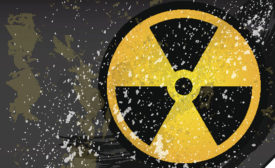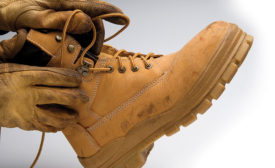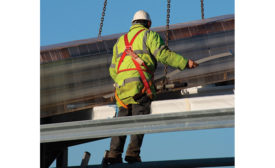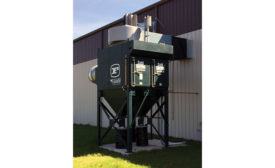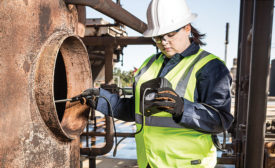Featured on Home Page
Effective programs are accurate, credible, clear & practical
Train for success
December 1, 2016
Radiation detectors protect public health
“Dirty bomb” alerts raised by personal & passive devices
December 1, 2016
Is your footwear program the right size?
Employees have various point of sale options
December 1, 2016
Training and reading equipment instructions can save lives
Know your fall protection
December 1, 2016
What to do when cold weather prevents opening doors
Escaping smoke & fumes
December 1, 2016
Advances in glove protection, dexterity, durability & comfort
The revolution is at hand
December 1, 2016
Become a Leader in Safety Culture
Build your knowledge with ISHN, covering key safety, health and industrial hygiene news, products, and trends.
JOIN TODAYCopyright ©2025. All Rights Reserved BNP Media.
Design, CMS, Hosting & Web Development :: ePublishing








